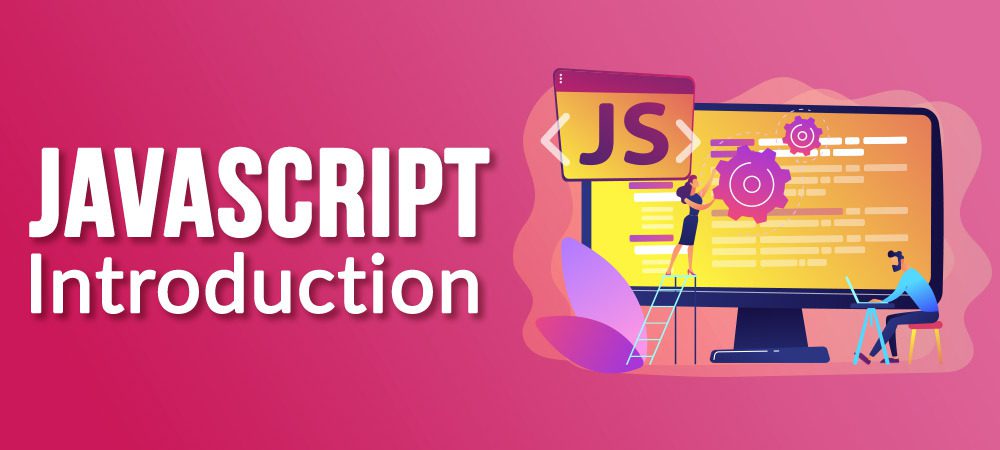JavaScript Mastery: From Basic Web Interactivity to Advanced Frameworks


JavaScript has evolved from a simple scripting language for web interactivity to a powerful tool used in modern web development. In this JavaScript tutorial, we’ll explore the journey of mastering JavaScript, starting from basic web interactivity and progressing to advanced frameworks.
Understanding Basic Web Interactivity:
JavaScript began its journey as a language primarily used for enhancing the interactivity of web pages. Let’s dive into some fundamental concepts:
- Introduction to JavaScript: JavaScript is a lightweight, interpreted programming language that enables dynamic content on web pages. It runs in the browser and allows us to manipulate the Document Object Model (DOM), handle events, and interact with users. JavaScript compilers have played a significant role in optimizing code execution for performance improvements.
- DOM Manipulation: The Document Object Model represents the structure of HTML documents. JavaScript allows us to access and manipulate these elements dynamically. We can change text content, modify styles, add or remove elements, and respond to user interactions.
- Event Handling: Events such as clicks, mouse movements, and keyboard inputs trigger JavaScript functions. We can attach event listeners to DOM elements to respond to these events and create interactive web experiences.
- Asynchronous Programming: JavaScript is single-threaded, but it supports asynchronous programming through features like callbacks, promises, and async/await. Asynchronous operations allow us to perform tasks such as fetching data from servers without blocking the main execution thread.
Advancing to Modern JavaScript Frameworks:
As web development evolved, so did JavaScript. Modern frameworks emerged to address the complexities of building robust web applications. Let’s explore some popular frameworks and their key features:
- React: Developed by Facebook, React is a declarative, component-based library for building user interfaces. It encourages the creation of reusable UI components, simplifies state management with its virtual DOM, and offers efficient rendering through its reconciliation algorithm.
- Angular: Angular is a comprehensive framework maintained by Google. It follows the MVC (Model-View-Controller) architecture and provides features like two-way data binding, dependency injection, and routing. Angular CLI simplifies project setup and deployment.
- js: Vue.js is a progressive JavaScript framework that focuses on simplicity or flexibility. It offers a gentle learning curve, allowing developers to incrementally adopt its features. Vue’s reactivity system and component-based architecture make it suitable for building interactive web applications.
- js: While not a traditional frontend framework, Node.js deserves mention for its role in server-side JavaScript development. Node.js enables building scalable, event-driven applications using JavaScript on the server side. It has a rich ecosystem of packages available through npm (Node Package Manager).
Real-World Applications:
JavaScript’s versatility extends beyond web development to various domains:
- Mobile App Development: Frameworks like React Native and Ionic enable building cross-platform mobile applications using JavaScript.
- Game Development: Libraries like Phaser.js and Three.js allow developers to create interactive games and simulations in the browser using JavaScript.
- Server-Side Development: With Node.js, JavaScript can be used to build scalable, real-time server applications, APIs, and microservices.
- Desktop Applications: Tools like Electron leverage JavaScript, HTML, and CSS to build desktop applications for Windows, macOS, and Linux platforms.
Conclusion:
In this article, we’ve explored the journey of mastering JavaScript, from basic web interactivity to advanced frameworks. Whether you’re just starting or looking to enhance your skills, JavaScript offers a rich ecosystem and endless possibilities for building interactive web applications and beyond. Keep experimenting, learning, and pushing the boundaries of what you can achieve with JavaScript. Happy coding!




